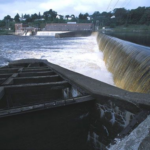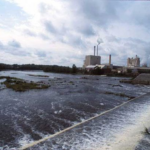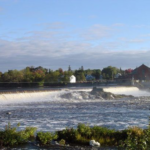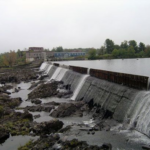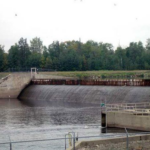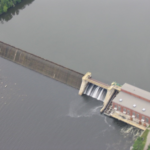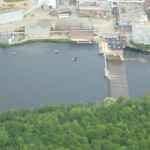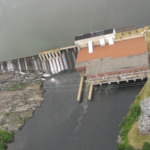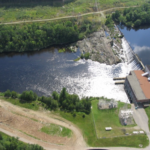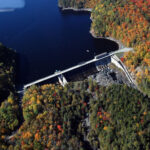Dams
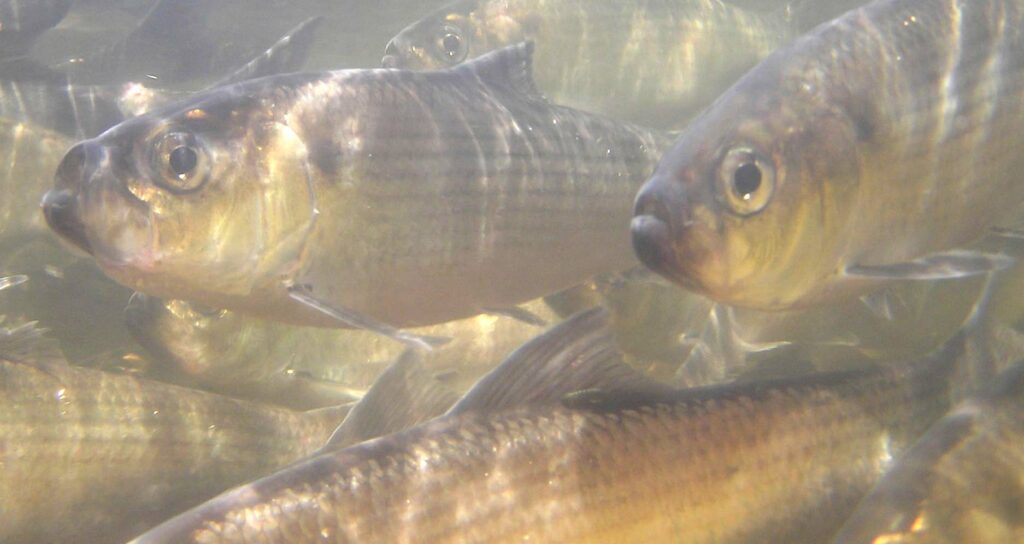
The Penobscot Nation is one of the partners of a major collaborative effort known as the Penobscot River Restoration Project. The purpose of the project is to restore the river and many species of fish by reversing the damage caused by dams. The project involved the purchase and removal of two dams on the Penobscot River (Veazie and Great Works dams), building a by-pass channel around the Howland Dam on the Piscataquis River, and improving fish passage and power generation at several other dams. Much information about this exciting project can be found at www.penobscotriver.org
Alewives are one of many species that benefit from dam removal in the Penobscot River
The PIN WRP has been carrying out studies at the areas around the Great Works and Veazie dams to:
- document water quality conditions before and after dam removal,
- document the communities of bugs living in the water before and after dam removal, and
- provide data to support other research related to these dam removals (i.e. fish, ecology, etc.).
Some of the pros and cons of dams are obvious and others are not. Obviously, dams provide hydropower so that all of us can use electricity. However, this electricity costs more than just what we pay in our bill. And although dams provide recreational opportunities like white-water rafting, huge changes in flow on a regular basis are not what usually happens in rivers. Some of the problems dams cause include …
- Makes it very hard or impossible for fish to move up or downriver. This can mean that some fish cannot move over them at all or only use the river for certain parts of their life.
- Raises the water temperature. This usually means that the native fish who usually live there cannot do as well as others.
- Lowers the amount of soil that a river moves. A big part of a river’s job is to move soil and many critters depend on this. The taking away of soil in some places and putting of it in others makes many different kinds of places to live so that a lot of different critters can take advantage of them.
- Nearly stops flooding. This might seem like a good thing but it is not. The life next to rivers actually relies on flooding to create different places for plants and animals to live.
- Changes habitat from varied and free-flowing to more uniform and pond-like. This change means that it will no longer be suitable for many fish and other aquatic species and overall reduces the variety of species.
For more detail on these and more of the impacts of dams check out the following sites:
http://www.dameffects.org/index.html
http://chamisa.freeshell.org/dam.htm
http://www.internationalrivers.org/environmental-impacts-of-dams
Some of the major dams on the Penobscot River – past and present
(see www.penobscotriver.org for more information on what has been happening with some of these):

